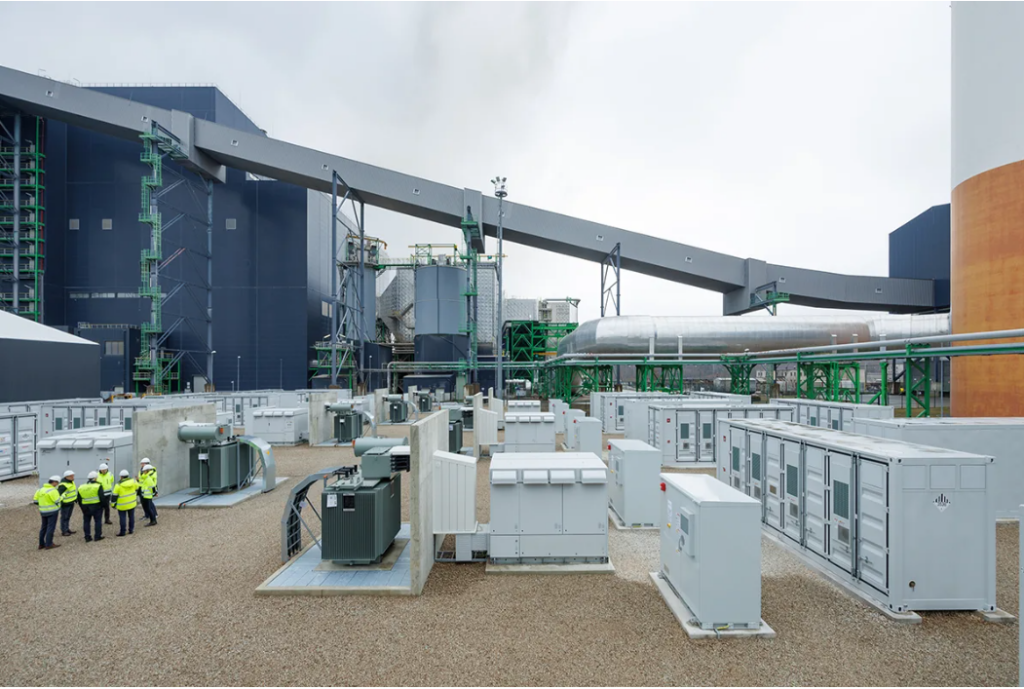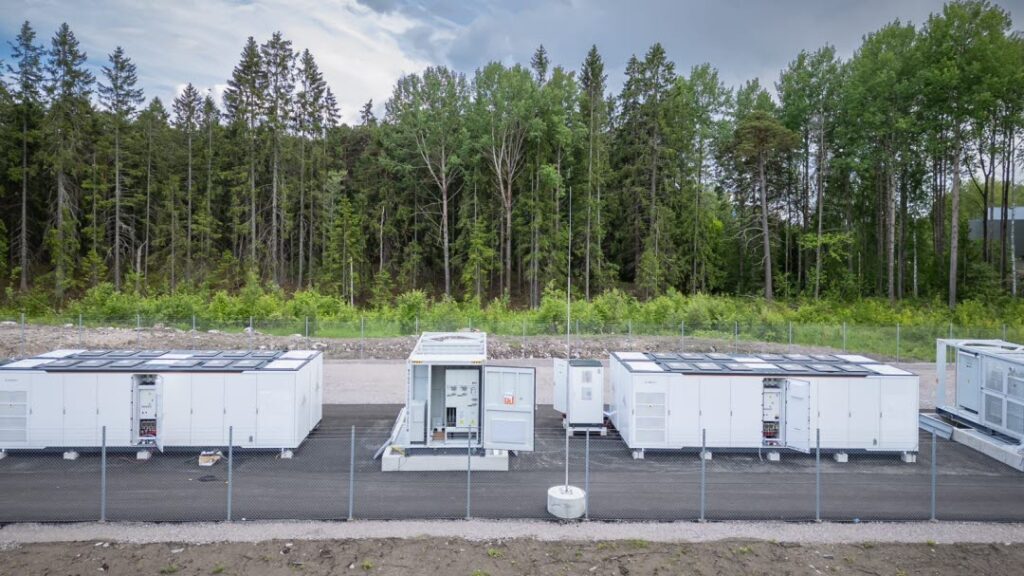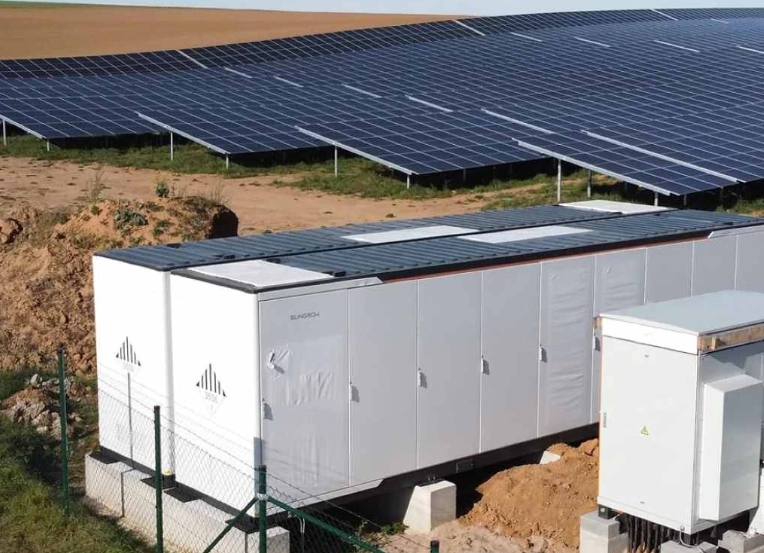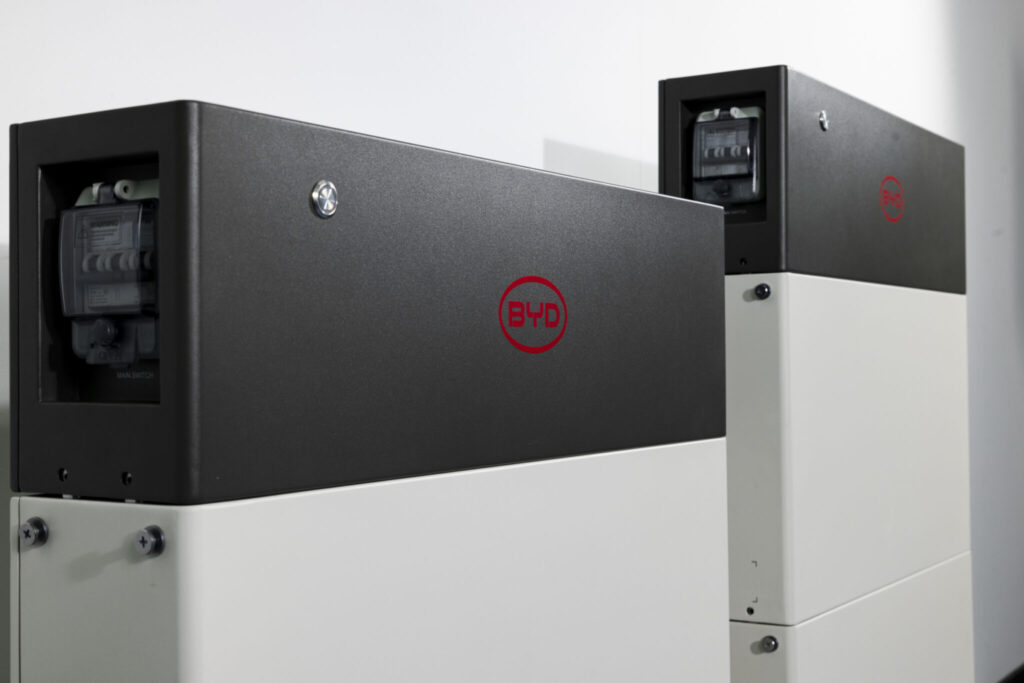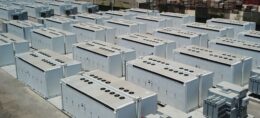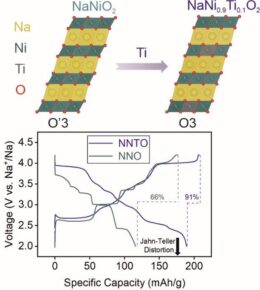Dutch utility Eneco to use residential batteries for grid stress relief
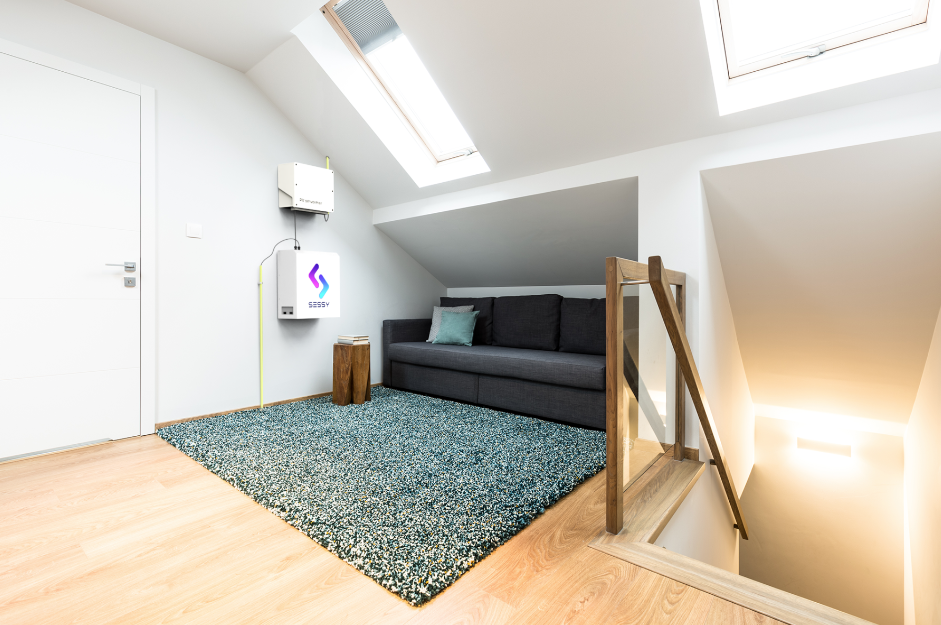
While more than 25% of the rooftops in the Netherlands have solar panels, accounting for the lion’s share of the country’s 20 GW-plus solar fleet, the rollout of residential battery energy storage systems has been lagging behind.
One of the reasons behind this is the country’s net-metering scheme, which awards injecting self-generated solar energy into the grid, disencouraging prosumers from aligning their generation and consumption. As decided by the Dutch parliament earlier this year, after a year of discussions and negotiations, the scheme will be maintained by the end of 2026.
Nonetheless, according to Dutch utility Eneco, more and more people are opting for a home battery to store their own solar energy during the day and use it in the evening, which in turn creates opportunities to relieve the power grid.
To this end, Eneco has partnered with local energy storage manufacturer Charged to trial the use of power from home batteries under fixed or variable electricity contracts. The trial is expected to contribute to the stability of the power grid and provide the customer with a financial benefit.
Namely, until now, only consumers with a dynamic electricity contract could use the battery to relieve the stress on the power grid. This trial will also allow consumers with a fixed or variable contract to do so. This also makes it possible for them to claim a VAT refund on the purchase price of the battery, making the investment more appealing.
The new service called ‘Gridease’ will allow customers with a Sessy home battery to share data and part of the control over their storage systems with Eneco.
Charged’s Sessy is a 5 kWh lithium iron phosphate (LFP) residential battery energy storage system, which is said to be compatibale with one-phase and three-phase inverters of any brand. Up to six units can be installed together for a total capacity of 30 kWh. According to the company website, the recommended retail price for a Sessy is €3,550, including VAT.
The system comes with a five-year guarantee on the inverter and 10 year on the battery and has an expected life of more than 6,000 charge-discharge cycles. It measures 44 x 50 x 20 cm and weighs 46 kilograms. Its operating temperature range is 0 – 40 dgrees Celsius and it is IP20 rated.
With ‘Gridease’, Eneco hopes to acquire more insight into the times the Sessy battery users charge or discharge their batteries. Having partial control over home batteries means that the utility can use their power at peak times to take the pressure off the electricity grid.
Customers participating in the trial will receive a financial compensation of EUR 5 ($5.46) per month for sharing the data and a variable compensation for partly controlling the battery.
“Obviously, customers will still have all the advantages of home-battery usage and, for example, use the self-generated electricity themselves to the best possible use,” Eneco explains.





